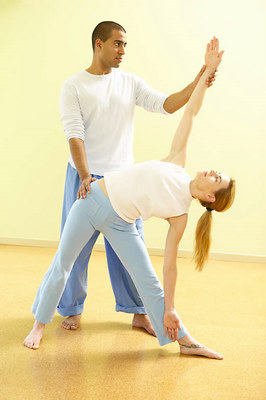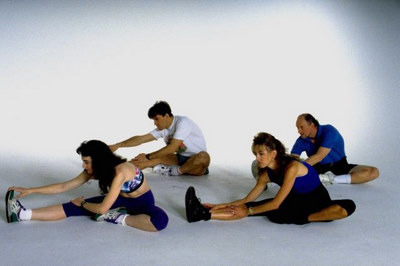80% of the population suffer with lower back pain at some point in their lives, some more often than others. Because of this, countless studies have been undergone to try and find the source of why this happens so often. Ultimately there is little correlation between every person in the world other than their continuous static posture in professional lives or core stability/strength.
In some instances, it can be lack of physical activity to blame, which surprises some people that the thought of putting their back through physical stress could actually aid their issue, but as long as it’s a progressive build of load and not a sudden burst of contraction and it is in fact the lack of movement that causes the problem, it could work wonders for you. Those of you who work at a desk and commute to work are the best examples of the lower back pain caused by lack of movement. That constant stationary position teaches the back to stiffen in that one position, not feeling the need to be flexible in other ranges of movement. The same can happen for your neck and shoulders. If you do work in an office or drive for a living, it’s definitely worth starting a movement programme if you don’t already. Keeping the muscles moving will stop them from setting in one position. I would recommend yoga as the most appropriate class if you prefer attending group sessions, and if you are more of a gym-goer I would say to either contact me about more detailed advice on exercise prescription, or visit me for one or two sessions and learn what you need to do in the gym in addition to your current routine. Movement is always key.

On the other end of the scale is overuse of the lower back, often found in working environments like landscaping, plumbing, and other careers involving a lot of leaning forward. Even sport therapy! For this it’s about keeping the back loose with regular mobility, and possibly in some occasions to strengthen the opposing abdominal muscles. If the back is tight and overused it can put unnecessary pressure on your tissues, leading to higher risk of injury. This is why before looking at the abdominal you first mobilise the back effectively and then counteract the strain by focusing on other surrounding ore muscles. By mobilising the back first, you reduce the risk of lower back injury potentially even disc pathologies, then to maintain that extra mobility you need to keep a weekly routine of movement. This might sound monotonous but ultimately exercise shouldn’t be something you do in small spurts, but regularly throughout life whether that be strength, flexibility, balance, power or simple mobility.
To find out what is causing the back pain just call and get the detailed advice you need. Back pain is subjective to every individual, and what could work for one person may not work for another.



